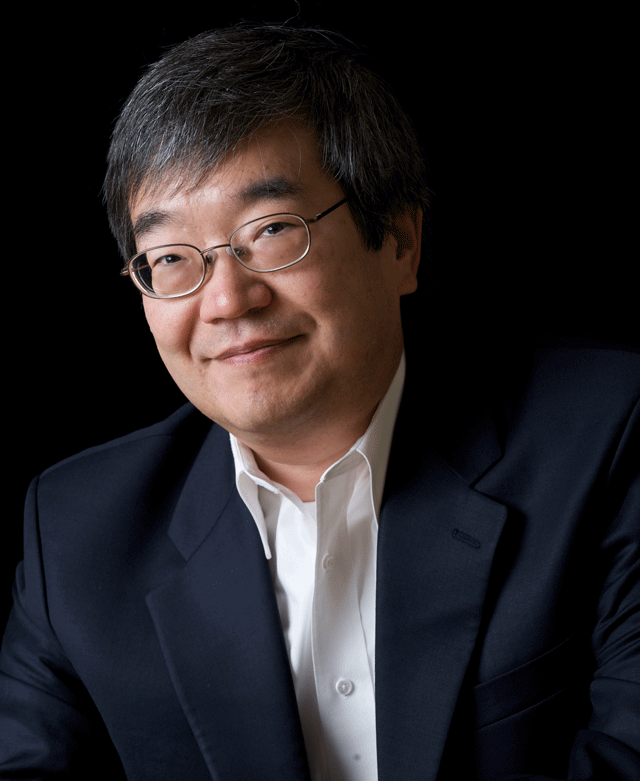Extending OCT from structure to function
Beckman-Argyros Award furthers research of James Fujimoto
 Scientists are all too aware of the gap between high risk, high impact ideas and the funding necessary to pursue them. Fortunately, so is the Arnold and Mabel Beckman Foundation. Through its Beckman-Argyros Award in Vision Research, the Foundation funds potentially high-impact work that lacks the full suite of data necessary to secure government funding. Through this year’s award recipient, James G. Fujimoto, PhD, the Foundation is helping to close another gap — between measuring structure and function with optical coherence tomography (OCT).
Scientists are all too aware of the gap between high risk, high impact ideas and the funding necessary to pursue them. Fortunately, so is the Arnold and Mabel Beckman Foundation. Through its Beckman-Argyros Award in Vision Research, the Foundation funds potentially high-impact work that lacks the full suite of data necessary to secure government funding. Through this year’s award recipient, James G. Fujimoto, PhD, the Foundation is helping to close another gap — between measuring structure and function with optical coherence tomography (OCT).
“Historically, OCT has been used to assess retinal structure,” says Fujimoto, Elihu Thomson Professor of Electrical Engineering at the Massachusetts Institute of Technology. “Our proposed research is aimed at developing technology and methods to assess function, because functional changes are often the earliest markers of disease.”
The award will enable Fujimoto’s lab to pursue two new directions. The first uses ultrahigh resolution OCT to measure submicron changes in photoreceptors and the retinal pigment epithelium (RPE), which may be a surrogate for dark adaptation and function. Alterations in dark adaptation are the earliest symptoms of age-related macular degeneration (AMD). “Currently, dark adaptation in AMD patients is measured subjectively by asking the patient to respond to visual stimuli. Functional ultrahigh resolution OCT could enable objective measurements which map response across the retina. Changes in function could be correlated with ultrahigh resolution structural imaging as potential new markers for progression and treatment response,” says Fujimoto.
The second direction would extend the already clinically-relevant field of OCT angiography (OCTA). While OCTA can visualize the microvasculature of the retina, it’s still hard to quantify flow and flow impairment. Flow impairment is an early marker for diseases such as diabetic retinopathy, glaucoma and AMD. “These studies will integrate new technology development with new methods for assessing vascular function and translate them to clinical imaging in patients,” explains Fujimoto.
“The Beckman-Argyros Award is valuable because it enables research in new, highly innovative directions,” he says. “The Arnold and Mabel Beckman Foundation has had a powerful impact on vision research through the Beckman-Argyros Awards, as well as its other programs such as the Beckman Initiative for Macular Research.”
While the Award recognizes researchers who have made transformative breakthroughs in vision science, transformative advances often come from smaller steps. “In my experience in developing OCT, it’s not that there has been a single transformative moment. Rather, multiple incremental advances can become transformative — provided they are chosen carefully and executed efficiently,” says Fujimoto. MW
For information on the annual award, visit the Arnold and Mabel Beckman Foundation.
